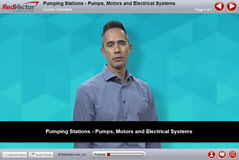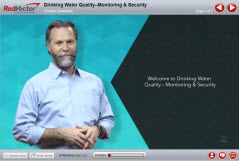In an era of climate change and rising energy costs, eco-efficiency has become a key guiding principle in construction and architecture. For building insulation, eco-efficiency refers to achieving optimal thermal performance and energy savings while minimizing environmental impact throughout the product’s life cycle. Roofing insulation plays a crucial role in improving a structure’s energy performance, reducing both operational costs and long-term greenhouse gas emissions. As nations move toward net-zero carbon goals, understanding and enhancing the eco-efficiency of insulation materials is more vital than ever.
This webinar will provide the tools needed to allow building professionals to evaluate the eco-efficiency of different roofing insulations in order to select the most eco-efficient products for any given situation. The webinar will start with a review of the concept of eco-efficiency, how it is measured and how it can be applied to optimize environmental outcomes for a variety of activities, including commercial construction. Next, the critical role of building insulation in eco-efficiency will be explored, and methods for measuring and analyzing eco-efficiency will be reviewed. Finally, the eco-efficiency of a wide variety of commercial roofing insulation materials will be measured and compared.
Note: This is a live webinar delivered via GoToWebinar. Session instructions will be emailed to you 24-48 hours prior to the webinar and the morning of the webinar. If you have not received your instructions for any reason, please call Customer Support (1-866-546-1212) the day of the event. Webinars are live and interactive. Students will have the ability to interact with and ask questions of the presenter directly.
1. Understand the concept of eco-efficiency, how it is measured, and how it can be used to optimize environmental decision-making and the health and safety of building occupants.
2. Identify the major types of roofing insulation available today, and recognize their general features, benefits, and typical applications for both above-deck and within-attic conditions.
3. Review the available tools to measure and analyze eco-efficiency, and apply these tools to compare different roofing insulation types.
4. Evaluate and select the most eco-efficient insulation type for different roofing applications to minimize environmental impact and asure occupant health and safety.







